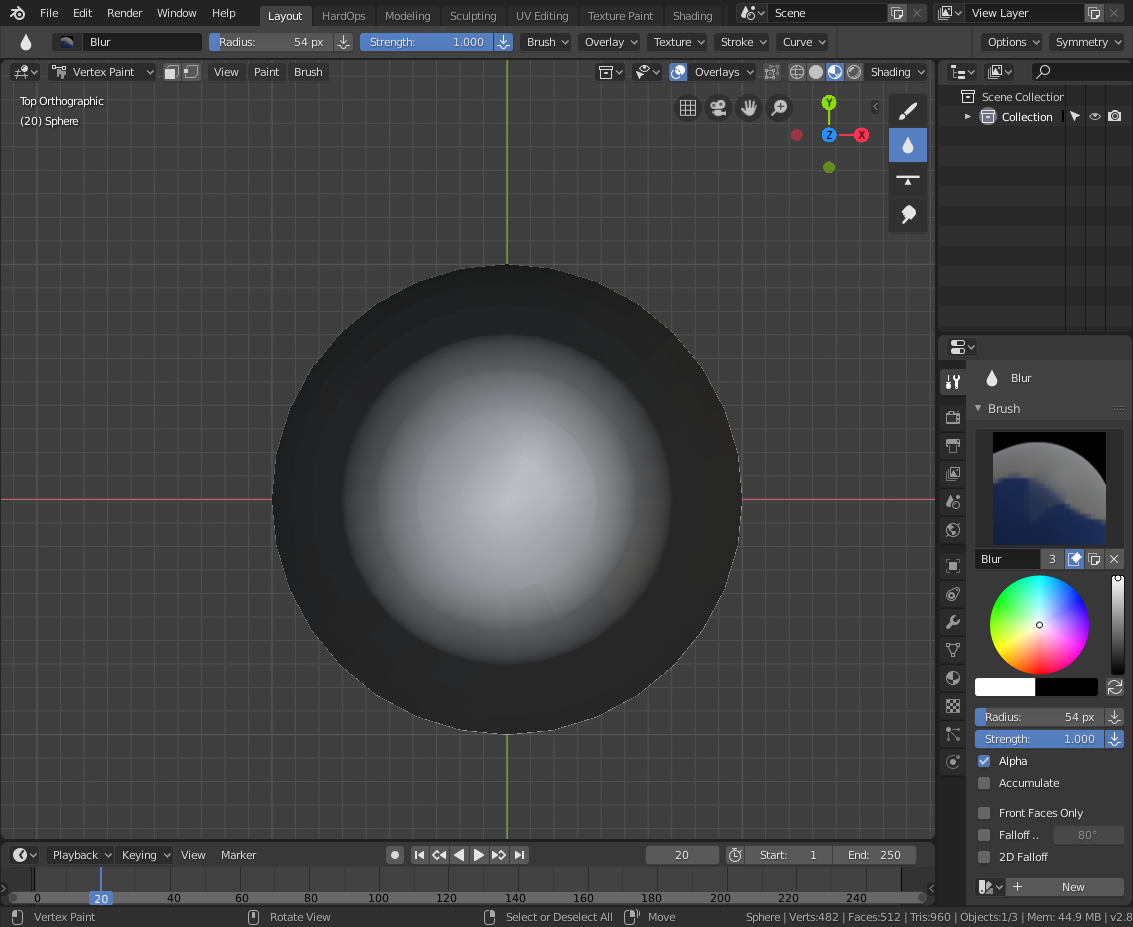How do i create gradient between two materials in one mesh? (second screenchot was edited in PS)
-
$\begingroup$ blender.stackexchange.com/questions/10453/… $\endgroup$– Duarte Farrajota Ramos ♦Commented Mar 7, 2019 at 17:32
-
$\begingroup$ Except those questions and answers didn't have anything to do with vertex paint. I hope that the solution I provided gives some use in that direction. $\endgroup$– Craig D JonesCommented Mar 7, 2019 at 18:12
-
$\begingroup$ @CraigDJones maybe it would be helpful to add your answer to the proposed duplicate as well, so that users have more options. $\endgroup$– user1853Commented Mar 7, 2019 at 20:04
-
$\begingroup$ I think the title needs to be edited to add 'using Vertex Paint" that way it is more specific to the situation presented in the screen shots. That, and I can't figure out the best way to point them to my answer here except to replicate it again. $\endgroup$– Craig D JonesCommented Mar 8, 2019 at 13:50
1 Answer
Here is one option to use the Vertex Paint Blur tool on the border between the white color vertex and the black color vertex. I paint the center area white in vertex paint mode, and then invert and set paint to black (in the header, go to Paint> Set Vertex Color and this will act like a fill). I used Face Select masking to do this without overriding the center white area.


I then switch tools to the Blur tool and blur the area around the white spot so that it cause a gray area. To deepen it, I subdivide once to force the vertex paint to blend across the changes. I then use this vertex color in the Attribute node (named Col by default) as a factor to mix between a diffuse black shader and a blue emission shader.




